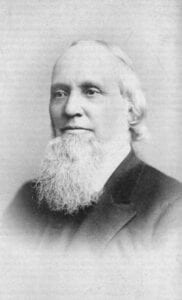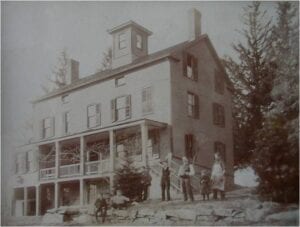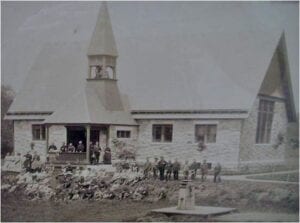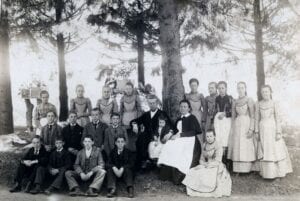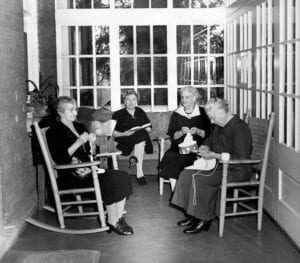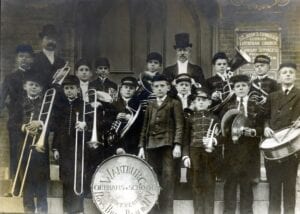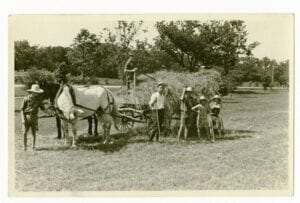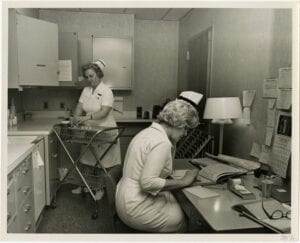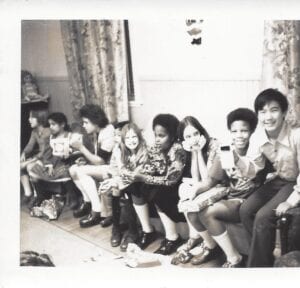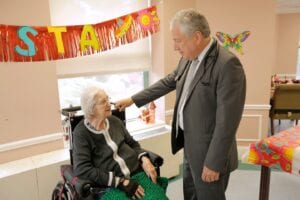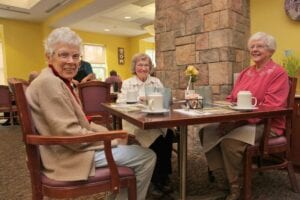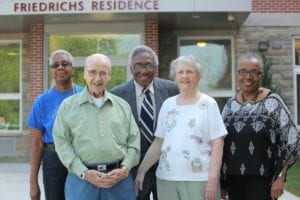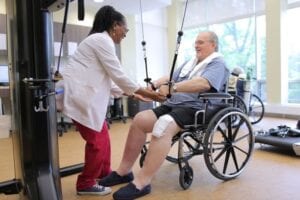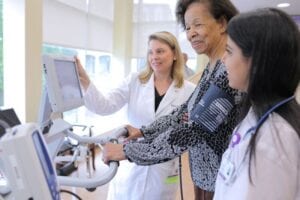Our Mission & History
Our Mission
Wartburg enables seniors to live life to their fullest through excellence in healthcare and housing, which nurture body, mind, and spirit.
Our Vision
Wartburg will become a national model for excellence in integrated senior healthcare and housing.
Come and See What Wartburg Has to Offer!
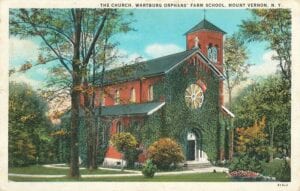
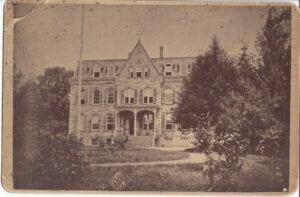
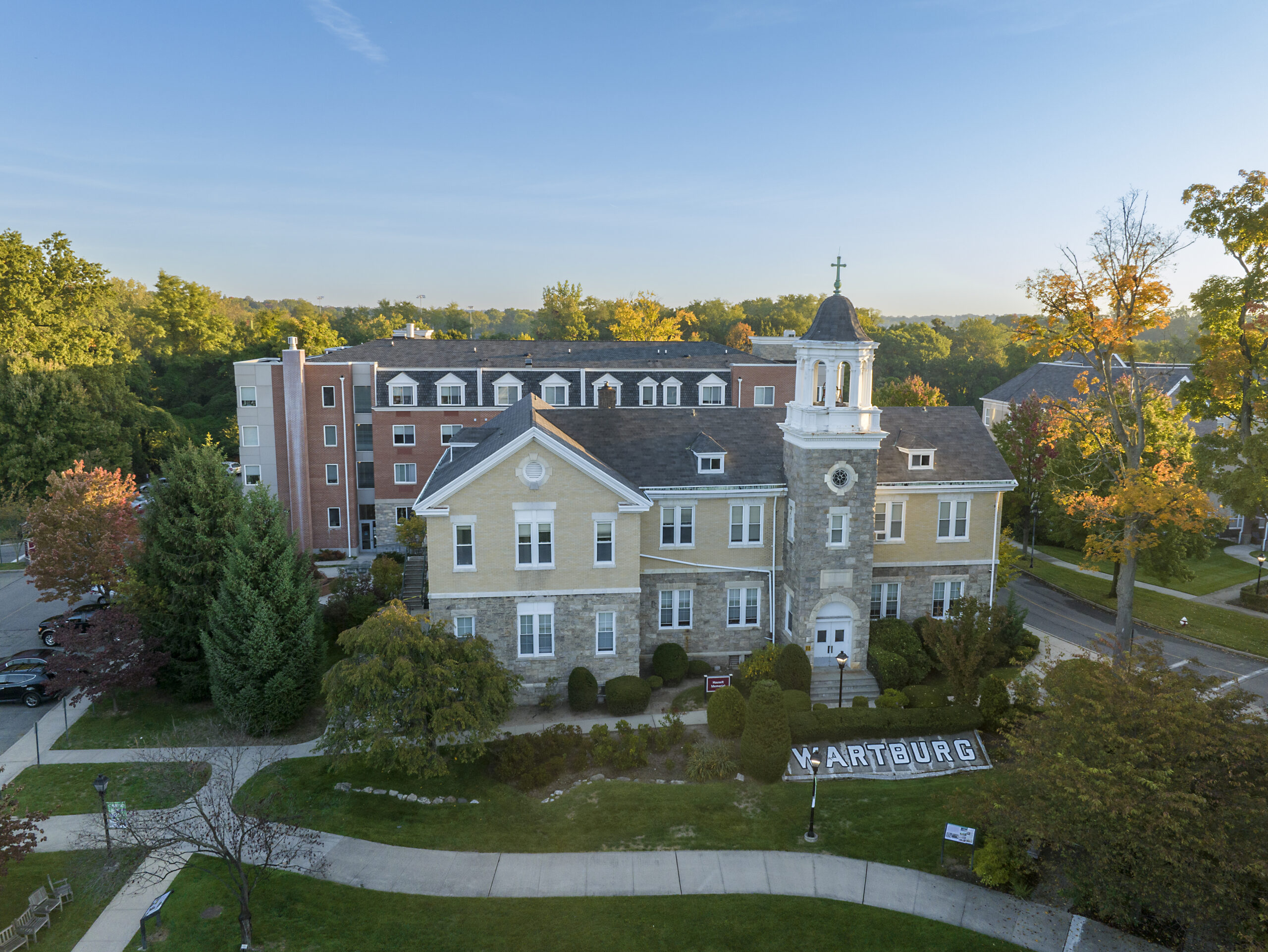
Our Values
We believe…
- Wartburg is family, including those directly served, their families, the staff, benefactors, and volunteers.
- All of God’s people are worthy of care, compassion, honor, and respect, especially seniors.
- The dedication of a diverse and caring staff makes Wartburg a standard of excellence.
- Collaboration and partnerships advance Wartburg’s mission and vision.
- Increased knowledge and innovation provide for a healthy environment for people to live and work.
- Financial stewardship and the highest ethical standards are essential in decision-making.
Our History
Caring for the Community Since 1866
For 157 years we have remained steadfast in our mission to care for the community by providing comprehensive services that nurture mind, body, and spirit. From caring for orphaned children to providing wide-ranging services for seniors, our goal has always been to provide innovative programs and superior care, while respecting the individuality of everyone we serve.
We have been fortunate in the men and women who have shared their talents and dedicated their lives to helping those most in need of assistance. These include our founder, Rev. Dr. William Passavant, who was moved by the sight of children orphaned by the Civil War and sought to establish a home for them, and our first benefactor, Peter Moller, who would spend more than $30,000 to build a “living memorial” to his late son, establishing Wartburg on 121 acres of farmland in Mount Vernon, New York.
Since the first orphans arrived on our campus in 1866, we have led by example. Our first director, Rev. George Holls, began adopting the orphans who came to Wartburg, so they would always be part of a family. His successor, Rev. Gottlieb Berkemeier, and his wife Suzette made Wartburg feel like home by instituting the “family system” – an approach where children were gathered by age and gender to create a “family.” Their success was proven by the large number of children who returned year after year to visit their “parents,” “siblings” and “home.”
We responded to a growing concern for providing adequate housing and medical care for seniors by building the Mary Louise Heins Home for the Aged – a state-of-the-art facility when it opened in 1897. In 1950, two sizeable wings were added to the Home in order to meet the growing demand for rooms. When this proved insufficient, a new program of comprehensive senior care services was developed. One by one the buildings that once housed orphans were renovated or razed to serve the needs of the elderly. By 1969, Wartburg was the first institution in Westchester County that provided three levels of care for the aging – independent living, intermediate care, and a nursing home.
Wartburg continues to be a leader in providing the most comprehensive services for the oldest members of the community. We have been recognized by U.S. News and World Report as one of the “Best Nursing Homes” in the greater New York region. Our work in dementia care and our award-winning arts-based initiative, Creative Aging & Lifelong Learning, has impacted not only the people we serve but their families as well. Whether seniors attend our Adult Day Services, use the Rehabilitation Center, or live in one of our independent or assisted living residences, the services they receive are still based on the same principles outlined by the founding generation – to care for the members of our community – body, mind, and spirit.
1865

Rev. Dr. William Passavant, a Lutheran minister in New York City, is moved at the sight of children orphaned by the Civil War. He is introduced to Peter Moller, a sugar magnate, who lost his son during the conflict. Passavant persuades Moller to build a “living memorial” for his late son that would provide a home for these orphans. The two men raise the funds necessary to purchase 121 acres of farmland in Mount Vernon, New York – a site that reminds them of Wartburg Castle in Germany and inspires its name.
1866

Rev. George Holls is selected as the first director, and he, his wife, and six orphans take up residence in an old farmhouse on the property. The Wartburg Orphans’ Farm School accepts all children, regardless of their religion or nationality.
1870

The Moller Building, the first new construction on campus, is completed. Through generous donations from Peter Moller and John Roebling, builder of the Brooklyn Bridge, this stone edifice is built to house the orphans, the director and his family, and all administrative and support services.
1882

Board President, Charles Hauselt, donates $5,000 to fund the construction of a chapel at Wartburg. The building will also serve as a classroom for the orphans.
1885

Rev. Gottlieb Berkemeier arrives with his wife, Suzette, to become the new director of The Wartburg Orphans’ Farm School. A dynamic and tireless advocate for the people in his care, he will serve as director for 36 years.
1891
Rev. Berkemeier introduces the “family system” – children are housed by similar age and gender in one residence to create a “family.” The first of these cottages is the Kindergarten Building. The smaller, more familial housing arrangements provide house parents with the opportunity to nurture the individual talents and interests of the children in their charge.
1897

In response to the growing concerns about providing adequate living arrangements and medical care for the elderly, the Mary Louise Heins Memorial Home for the Aged opens. Providing state-of-the-art care, it can accommodate 34 residents.
1899

The Wartburg Boys’ Band is founded. Open to any boy (and later to girls), the band is made up of boys between the ages of 8 and 15. Led by Professor Robert Steinmetz for 36 years, the Wartburg Boys’ Band is recognized for its musicality and performs in concerts throughout the Northeast and New England to raise money for The Wartburg Orphans’ Farm School.
1904

After a fire destroys the original chapel, a new one in the Basilican style is constructed, financed by many individual donations. This handsome red brick building features stained glass windows with scenes from Jesus’ life that emphasize his concern for children and the infirm.
1929

From the beginning, the farmland that was on the north side of the campus provided the fruits, vegetables, and dairy products that were at the core of the nutritional meals prepared for the orphans and seniors. At its high point, Wartburg would provide meals for 430 children and 40 adults every day.
1955
Two large wings are added to the Mary Louise Heins Home for the Aged to meet the demand for more housing for the oldest members of the community.
1964

With the children at Wartburg attending Mount Vernon Public Schools, the school building is renovated to be an infirmary, providing specialized care for the growing number of seniors on campus.
1968
A skilled nursing facility opens at Wartburg providing 80 beds for senior residents.
1979

Wartburg ends its program of caring for orphans and at-risk children after 113 years.
1987
Adult Day Health Care is offered at Wartburg.
1993

Wartburg dramatically expands its services for the elderly by breaking ground on a 160-bed skilled nursing facility; introducing a hospice, short-stay respite, and assisted living programs; and starting licensed home care services.
2000

Meadowview, a new assisted living facility providing the amenities of home with the caring support of around-the-clock nursing care, opens.
2006
The Memory Care Center at Meadowview opens, offering an assisted living option within Wartburg’s continuum of memory care services.
2009
The Creative Aging & Lifelong Learning program is launched to promote greater emotional health and social engagement for older adults through a wide range of arts-based programs.
2013

Friedrichs Residence opens, providing affordable senior housing.

A state-of-the-art facility offering Westchester’s only freestanding rehabilitation center with all private rooms.
2015

Outpatient Rehabilitation Clinic opens, providing a full range of occupational therapy, physical therapy, and speech-language pathology services.
Have Questions? Contact Us
Fill out the form below and we will get back to you as soon as possible.
"*" indicates required fields

